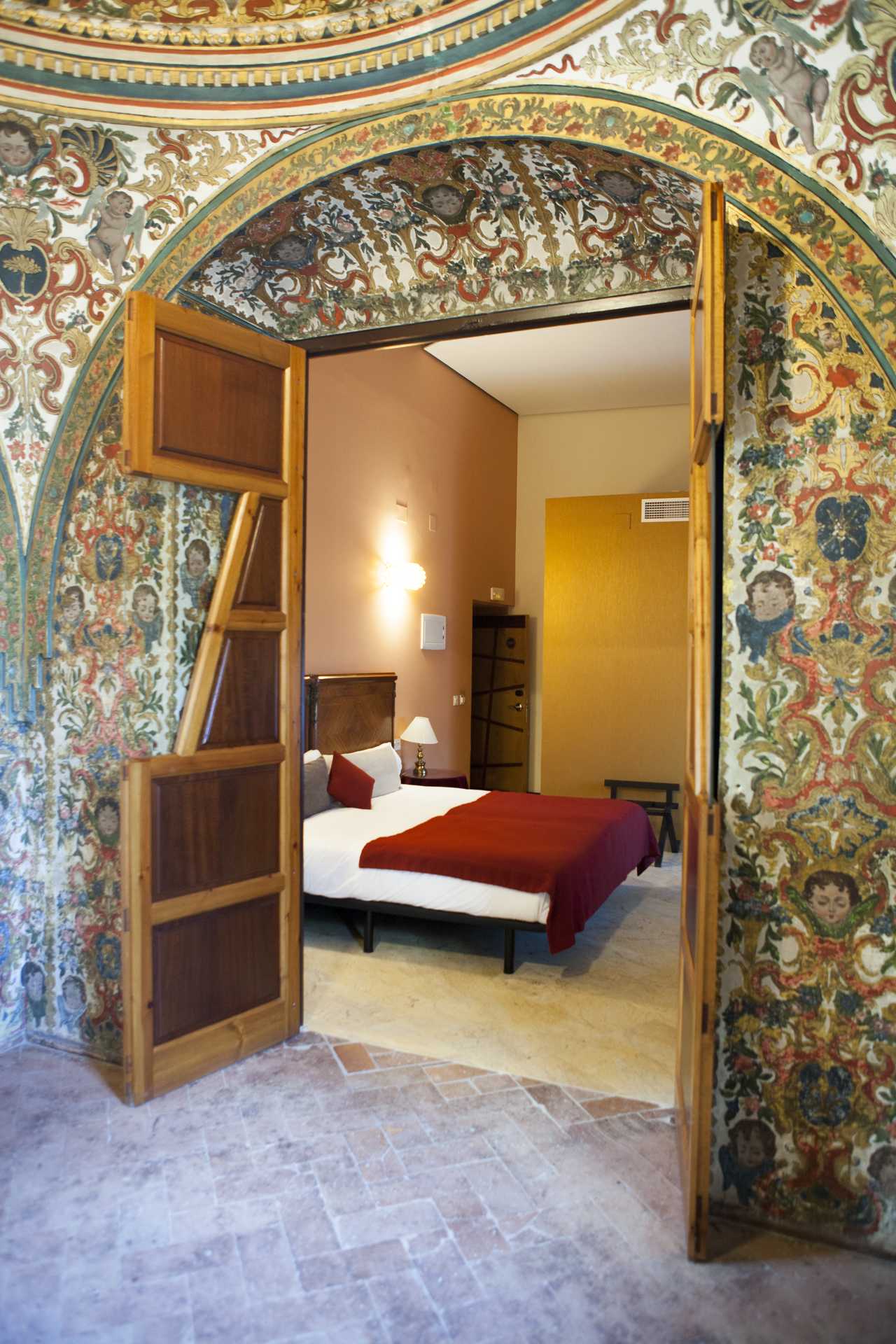
How to get around Andalusia
By car
All the different municipalities in Andalusia are connected by the National, Regional or Provincial Road Networks. The Cadiz-Seville section of the AP-4 and Malaga-Guadiaro section of the AP-7 are toll motorways, and there are other major motorways linking the main cities of Andalusia.
It is important to remember that:
- The speed limit for any vehicle is 110 km/h.
- Use of seatbelts is obligatory for all passengers in motor vehicles.
- Use of helmets is obligatory when riding motorcycles, mopeds and bicycles.
- Telephones may only be used with “hands free” systems while driving.
- Children under 3 years must be strapped into a suitable seat for their weight and height.
- A reflective jacket must be used when getting out of the car on the road or the hard shoulder.
- If your car is stopped on the road or hard shoulder, use of warning triangles is obligatory.
- In general, the maximum alcohol level permitted is 0.5 g/litre in the blood, and 0.25 mg/litre of air (breathalyser).
- Use of snow chains may be necessary, or you may find some road sections closed at certain times of year. This makes it advisable to plan your route correctly and check the state of roads with the “Dirección General de Traffico” (Highways Agency) before setting off.
In general, the historic centres of major cities can be covered on foot. Given the unusual urban layout of these areas, use of public transport services, rather than private vehicles, is recommended.
By train
The Spanish National Railways Network (RENFE) offers a full range of services interconnecting the major cities of Andalusia and many smaller municipalities: there are Regional Services (“Cercanías”) between many towns and villages in the provinces of Malaga and Cadiz, and Medium and Long Distance services throughout Andalusia and the rest of Spain. There is also a High Speed Service (AVE) to Cordoba, Seville and Malaga. There are special prices and discounts for students, groups, over 60s, return tickets etc. You are advised to contact RENFE or your travel agent before travelling for full information and to check conditions transport of taking animals, bicycles or goods.
For fare and route information, check the Renfe website: www.renfe.es
There are currently metro/underground building works underway in Malaga and Seville.
By bus
There are many bus companies operating in Andalusia. They offer an extensive network of services with coaches, running to towns and villages which do not have rail services. These companies usually have an information and booking office at the main bus stations, or they have a customer service telephone number. It is advisable to contact the corresponding company in advance to check conditions on specific routes.
Within cities, there are municipal bus services running between different urban areas during the day, with a few special services by night. Single tickets cost around 1 Euro, and this is reduced if you purchase a Bonobús (card valid for 10 journeys) from the corresponding vending machines, or at “estancos” (licensed tobacco/stamp shops).
By taxi
All cities in Andalusia have full taxi services offering urban and inter-urban transport at any time of the day or night.
You can find taxi ranks in different areas of the city and at the main communications hubs (stations, airports, shopping centres, etc.). You can also order taxis by phone. Tariffs are fixed by the local council in question, and there are sometimes additional supplements payable in specific cases (nocturnal service, public holidays, etc.). You can request a receipt for the amount payable.






